7 things you might have missed from the 2021 Red List update
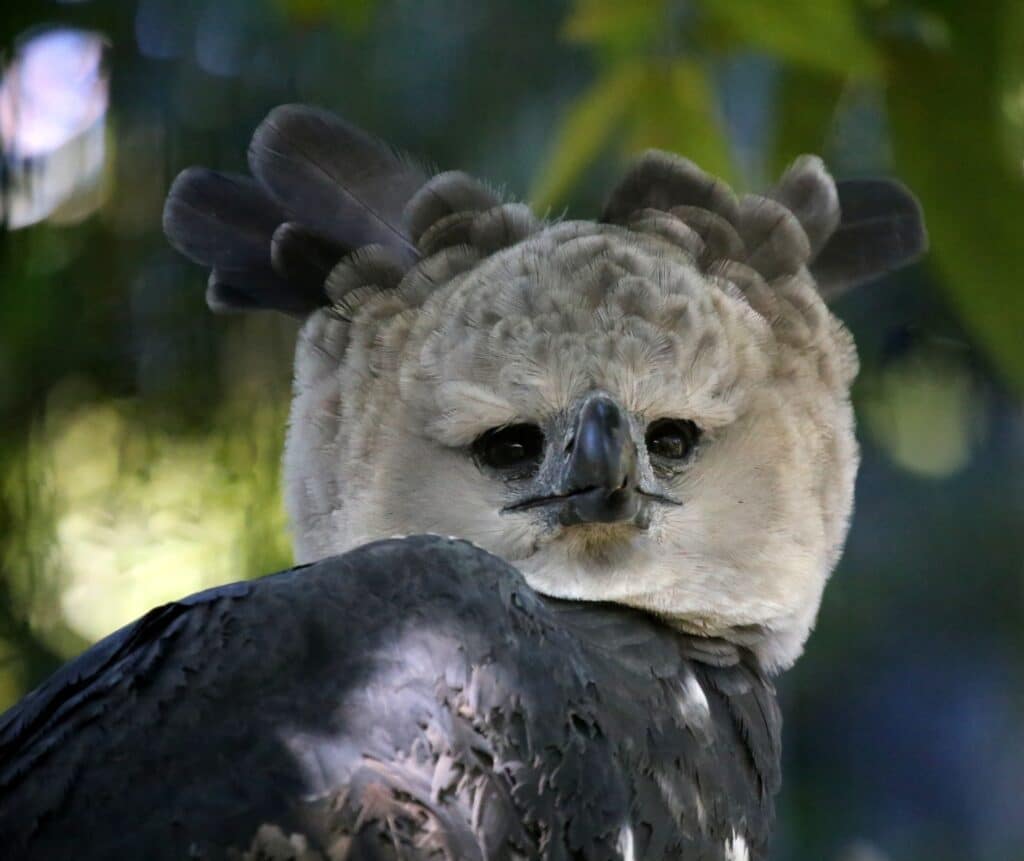
At the end of last year, BirdLife released its yearly update to birds on the IUCN Red List of threatened species: the result of months of hard work from our science team as they collated the latest research into up-to-date assessments of species’ extinction risks.
Every year, species are shuttled up and down the scale, with some being ‘uplisted’ to higher threat categories – a cause for concern – and others successfully ‘downlisted’ to lower threat categories. Knowing where a species stands on the road to extinction can help us to focus our action where it is most needed – or, conversely, to learn which conservation measures are working well.
In this most recent update, Asia’s big forest birds made the headlines, driven ever closer towards extinction by hunting and habitat loss. But there were plenty of other stories – both positive and negative – that flew under the radar. Here are just a few.
Conservation challenges: species moved to higher threat categories
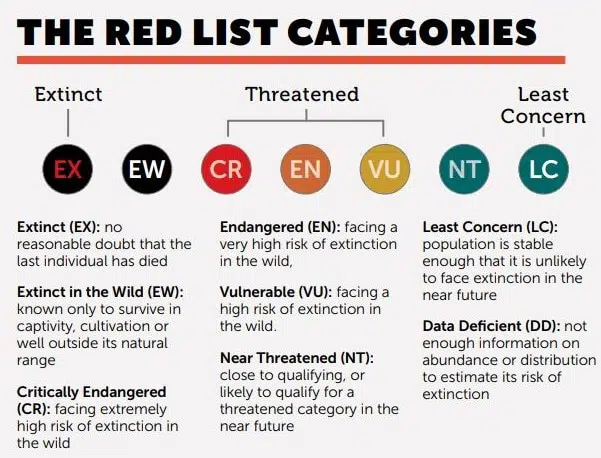
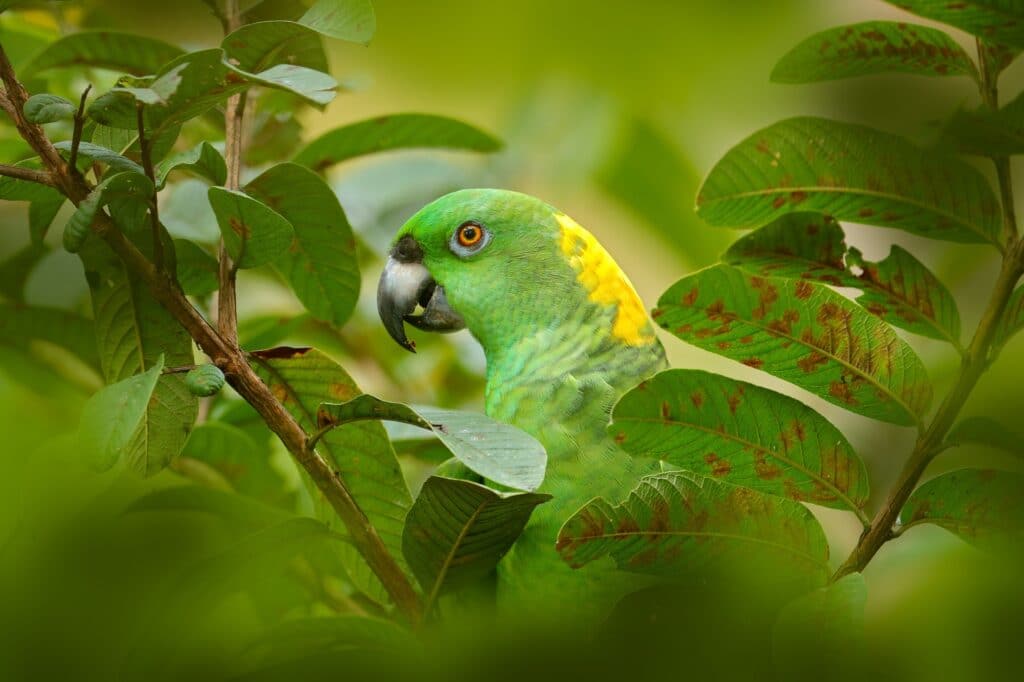
Yellow-naped Amazon: Endangered > Critically Endangered
This beautiful parrot, native to the Pacific coast of southern Mexico and Central America, was uplisted from Endangered to Critically Endangered this year. Recently, population declines have been accelerating due to habitat destruction and excessive trapping for the pet trade. The species is prized for its ability to mimic speech, and chicks are often stolen straight out of the nest.
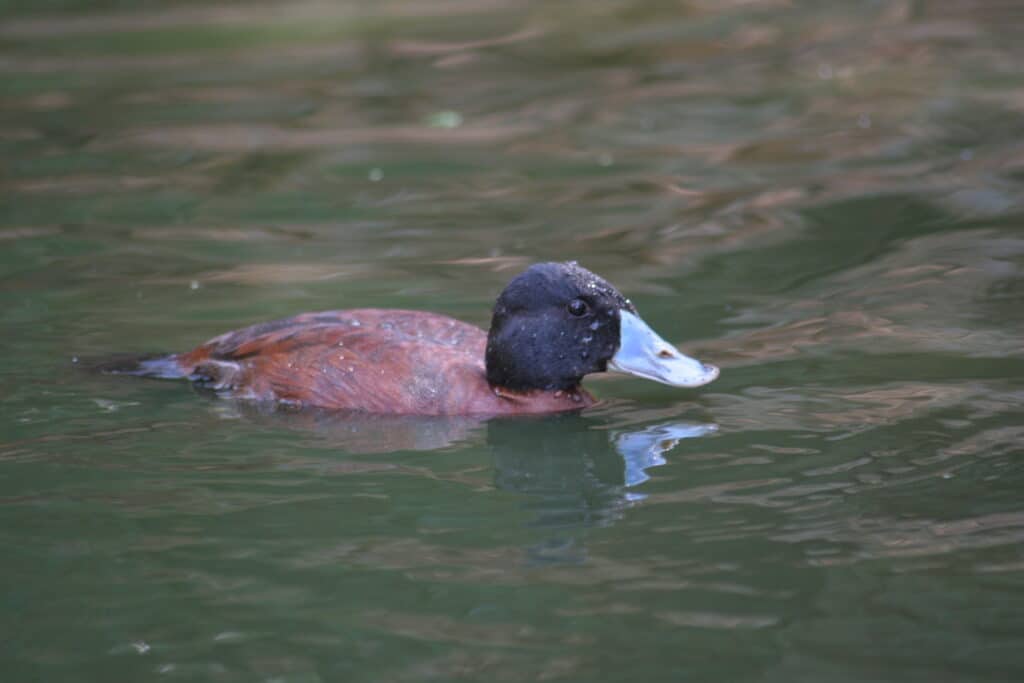
Maccoa Duck: Vulnerable > Endangered
Found across Eastern and Southern Africa, this glossy diving duck was uplisted from Vulnerable to Endangered this year. Because the species feeds on invertebrates at the bottom of rivers and lakes, it is particularly susceptible to water pollution, which builds up in the food chain, reaching toxic levels. Other threats include entanglement in fishing nets and drainage of wetlands for agriculture.
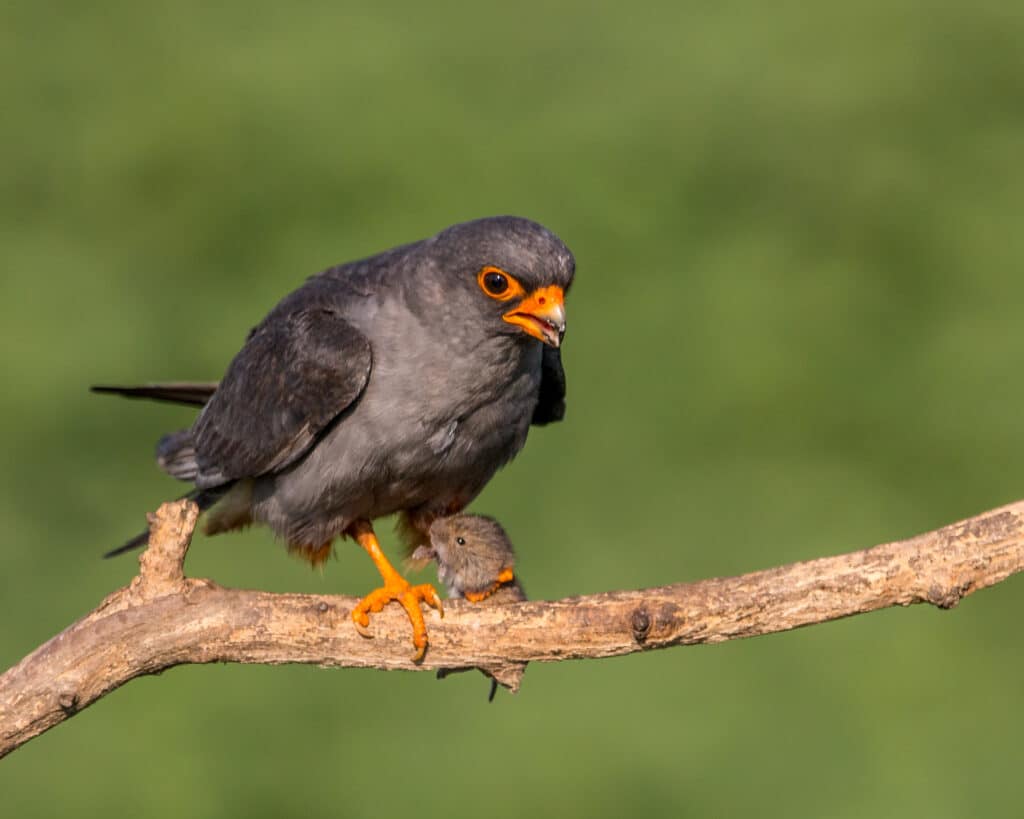
Red-footed Falcon: Near Threatened > Vulnerable
In recent years, this majestic raptor’s European and Central Asian breeding grounds have been gradually destroyed by intensive farming. With natural habitats converted to agricultural fields, pesticides poisoning the food chain and grasslands badly managed, the number of suitable feeding and breeding sites are dwindling. This year, it was uplisted from Near Threatened to Vulnerable.
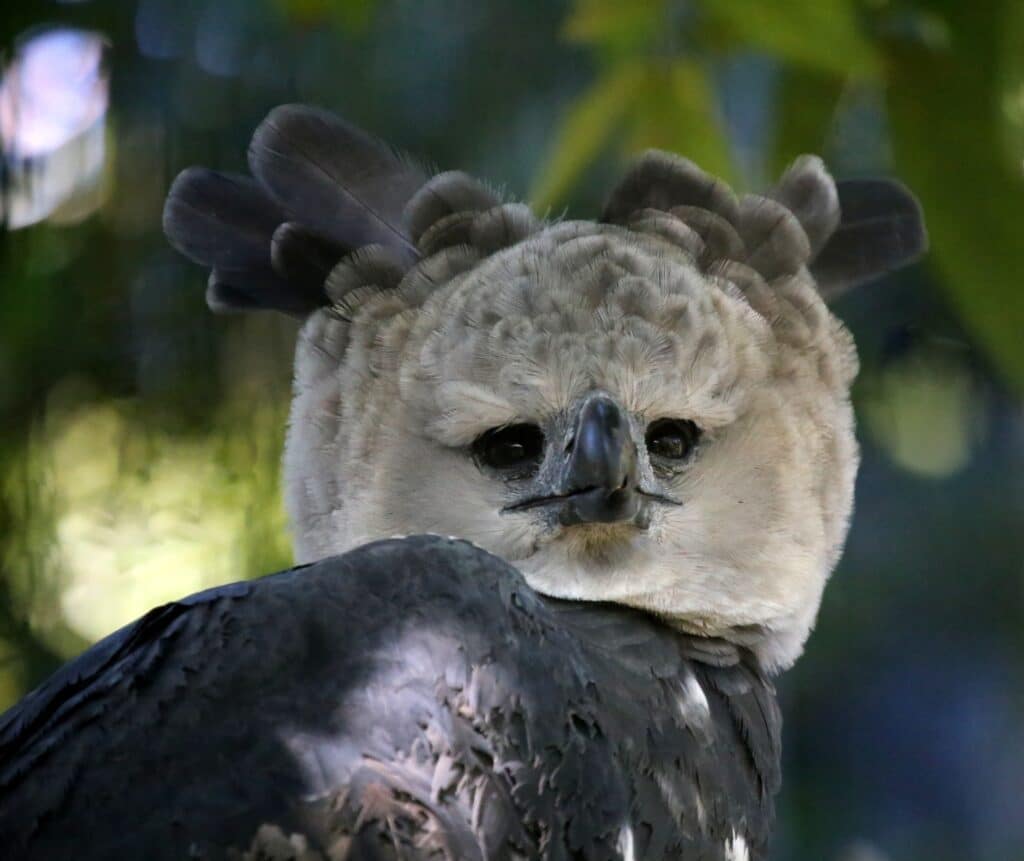
Harpy Eagle: Near Threatened > Vulnerable
Renowned for its enormous size and startling appearance, including an impressive double crest, this famous bird of prey is now classed as Vulnerable to extinction. Tragically, it is a victim of hunting and persecution across Central and South America due to extremely infrequent attacks on livestock. Deforestation and logging are also destroying the large trees that it requires to nest.
Conservation successes: species moved to lower threat categories
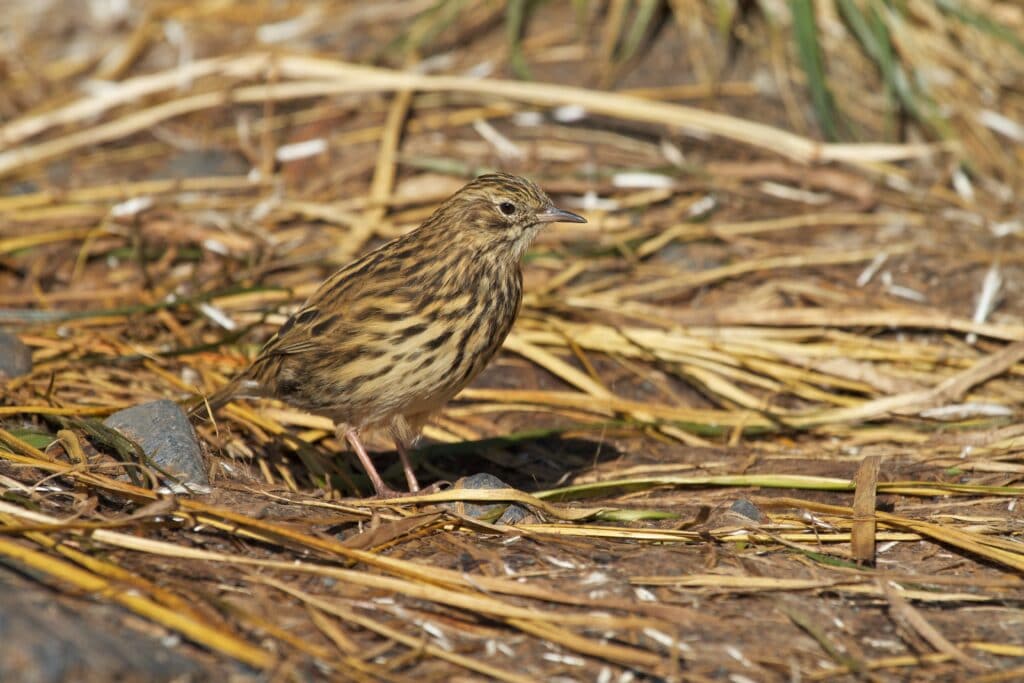
South Georgia Pipit: Near Threatened > Least Concern
This sparrow-sized songbird, found only on the South Georgia archipelago in the South Atlantic, is bouncing back thanks to concerted efforts to remove invasive rats and mice from the islands. The species is now recolonising areas previously rendered inaccessible by the rodents, which prey on eggs and chicks. This year, the pipit was downlisted from Near Threatened to Least Concern.
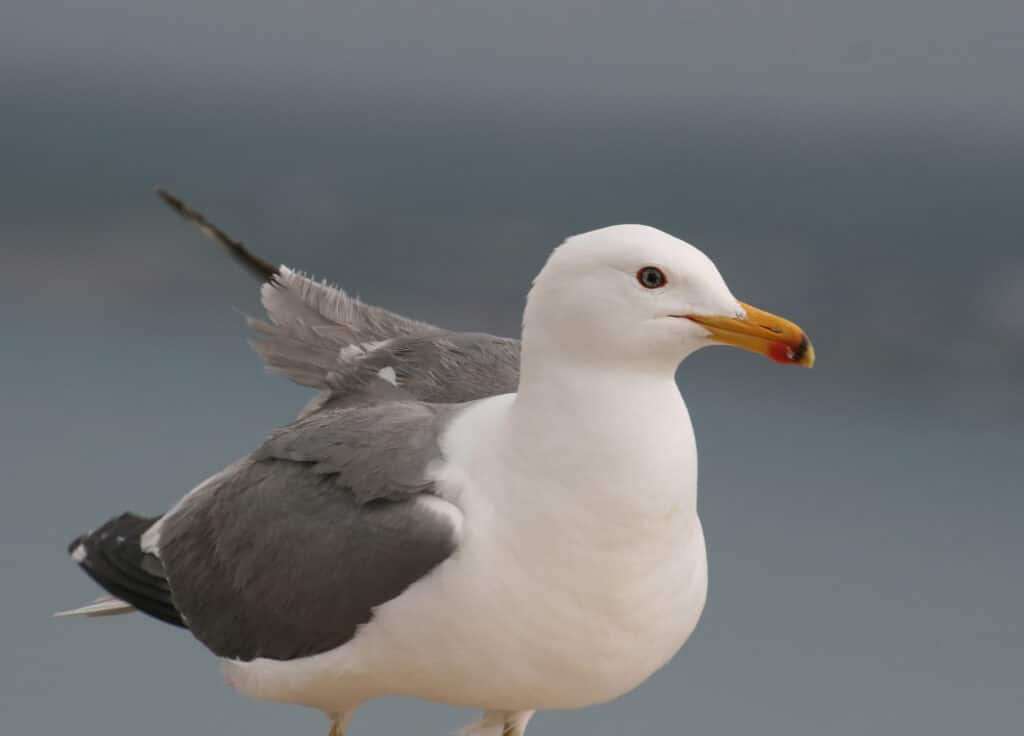
Armenian Gull: Near Threatened > Least Concern
This large seabird nests every year beside mountain lakes in Georgia, Armenia, Turkey and western Iran, and in 2018 the first breeding colonies were found in Azerbaijan. For many years it suffered a steady decline driven by water extraction, pollution, egg collection and disturbance at these vital breeding grounds. Fortunately, its population has more than doubled between 2007 and 2018 thanks to pollution control and the protection of water bodies. In Armenia, the species started recovering when Lake Arpi National Park was created to protect the country’s largest colony, and the Government started raising the water level of Lake Sevan – another major breeding ground.
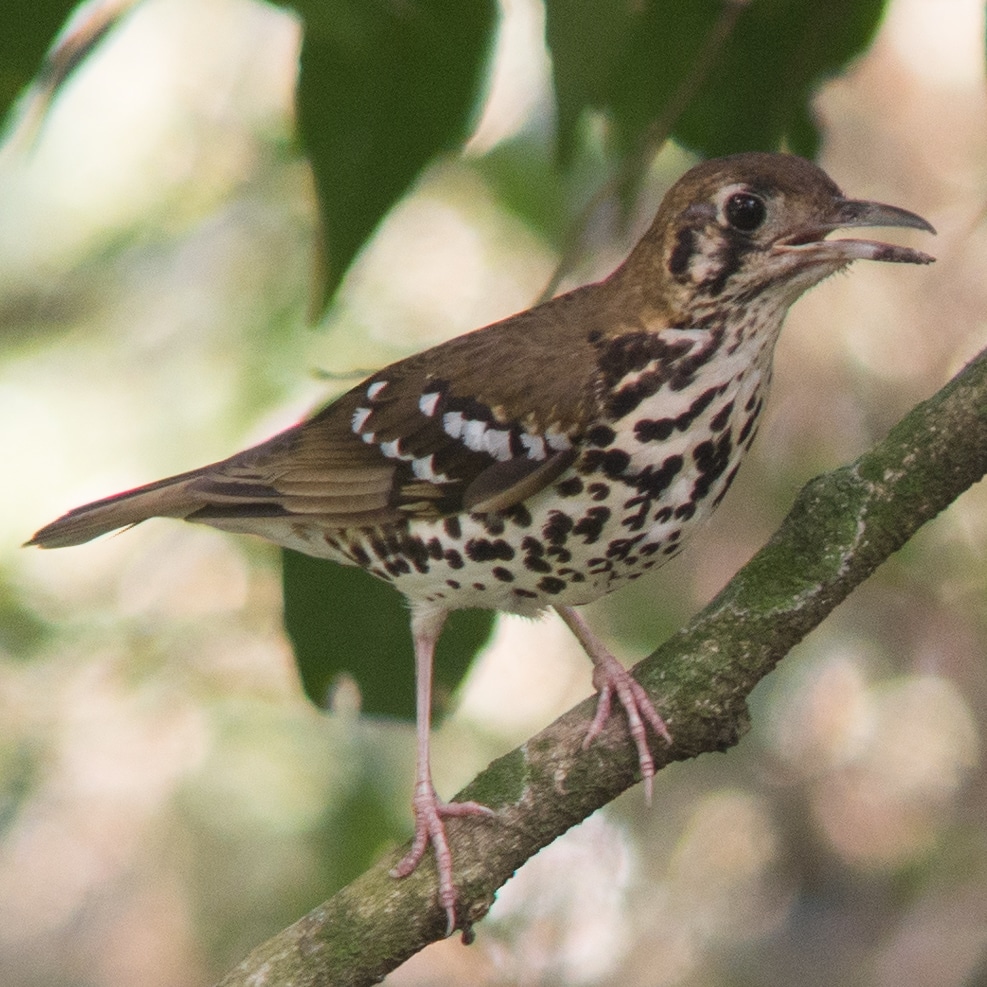
Spotted Ground-thrush: Endangered > Vulnerable
Changing a species’ Red List category due to improved information can be just as important as reporting a genuine alteration in its fates. This year, the Spotted Ground-thrush was moved from Endangered to Vulnerable, as it was found to be more numerous than previously thought. However, it is still suffering from deforestation across Africa, and BirdLife Partners have developed an action plan to protect it – but reclassifications like these allow us to prioritise our work and get a better idea of the exact needs of each species.
Stay up to date
Sign up to receive the latest bird conservation news. You’ll also receive updates about our projects, science and other ways to get involved including fundraising.
Thank you for your support, we are committed to protecting your personal information and privacy. For more information on how we use your data, please see our Privacy Policy. You can unsubscribe from emails at any time by using the link in the footer of any email from us.

